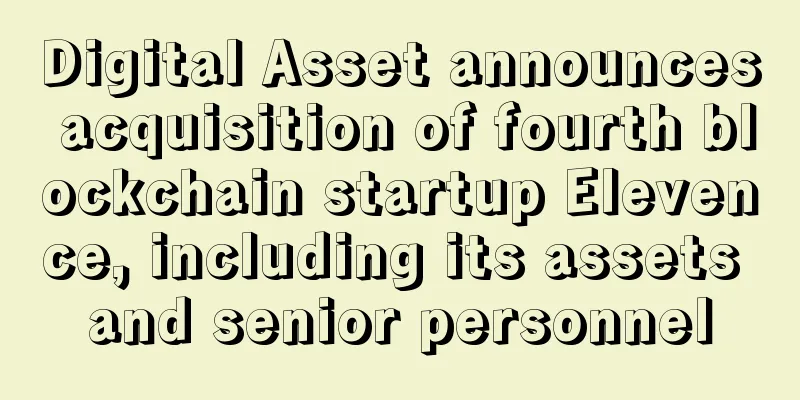Is it really worthwhile to continue resisting ASIC and fork Monero again?

|
In April this year, Monero had a sensational fork, which made it very noticeable in the cryptocurrency circle. Hard forks are not uncommon, after all, the top cryptocurrency Bitcoin and the top competitor Ethereum have both experienced forks due to internal disagreements. But the hard fork of Monero is still amazing, because it split into four coins at once, and all four coins claim to be the "original Monero". Currently, there are Monero Classic (XMC), Monero 0 (XMZ), Monero Original (XMO), and a second project called Monero Classic (XMC); these projects continue to run on version 11 of the Monero protocol. This means that they are all still compatible on a single network, using the same tokens — just with different names. As an ongoing protocol upgrade process, Monero has formed a habit of hard forking every six months. Regardless of the turmoil of the last hard fork, the generous Monero community still upgraded again according to habit. On November 30, they even live-broadcasted the entire hard fork on the Internet. The most notable feature of this upgrade is the introduction of the workload proof algorithm RandomX, which uses random code execution and memory focusing technology to resist ASIC. Monero is really not fond of ASICs because its encryption algorithm was improved in a hard fork in April. This backwards-incompatible change made all existing ASIC mining hardware useless. The Monero team believes that ASICs have a centralizing effect because only a few companies in the world are capable of manufacturing them. The risks posed by ASIC mining hardware seem to be the reason why the development and user communities have been agreeing to upgrade. Can ASICs be resisted? Bran Cohen, the author of the BitTorrent protocol, recently said that ASIC-resistant proof of work is a pipe dream and a very bad idea. Instead, it is better to accept SAIC because "when the inevitable failure occurs, ASIC resistance will only create more centralization in the solution process." Even Vitalik Buterin has said something similar. He said that more and more people are beginning to agree that ASIC-resistant algorithms have a lifespan, and that ASIC resistance will ultimately make 51% attacks cheaper. |
<<: Involving $4 billion, OneCoin official website shut down today
>>: Bitmain and Zhan Ketuan’s “Huawei Dream”
Recommend
How to analyze your personality traits with a square face
How to analyze your personality traits with a squ...
Interpretation of life fortune by girls with masculine features: Is the fate of girls with masculine features good or bad?
Girls with masculine appearance have strong caree...
The market fell below key support level
Author | Hashipi Analysis Team ...
What does Zuo Fu in the life palace represent?
Zuo Fu, belonging to the earth element in the fiv...
Survey: South Korean virtual asset service providers' net profit exceeds US$2.7 billion in 2021
South Korean virtual asset service providers (VAS...
Interpretation of the fate of the cold eyebrows
"A person with a big face and cold brows is ...
How to achieve decentralization of Bitcoin mining?
Preface: Bitcoin is often criticized for its dece...
Why are people with protruding mouths so lucky?
Sometimes, some people's faces don't look...
People with pointed foreheads have smooth marriages and careers.
The forehead can be divided into many shapes, and...
Is the "川" palm a good palm for women?
When we look at a palm, the first thing we judge i...
What is the basis for Bitcoin’s market value to rise to 3.3 trillion?
Bitcoin’s new turning point Yesterday, I used the...
Palmistry of a woman you cannot marry
Palmistry of a woman you cannot marry Palmistry t...
What kind of body shape is richer?
What kind of body shape is richer? People with lo...
Thomson Reuters executive: Blockchain will have thousands of applications
In the past six months, mass media giant Thomson ...
Men with narrow eyes are destined to marry beautiful wives
What does a man with narrow eyes look like? Among...









